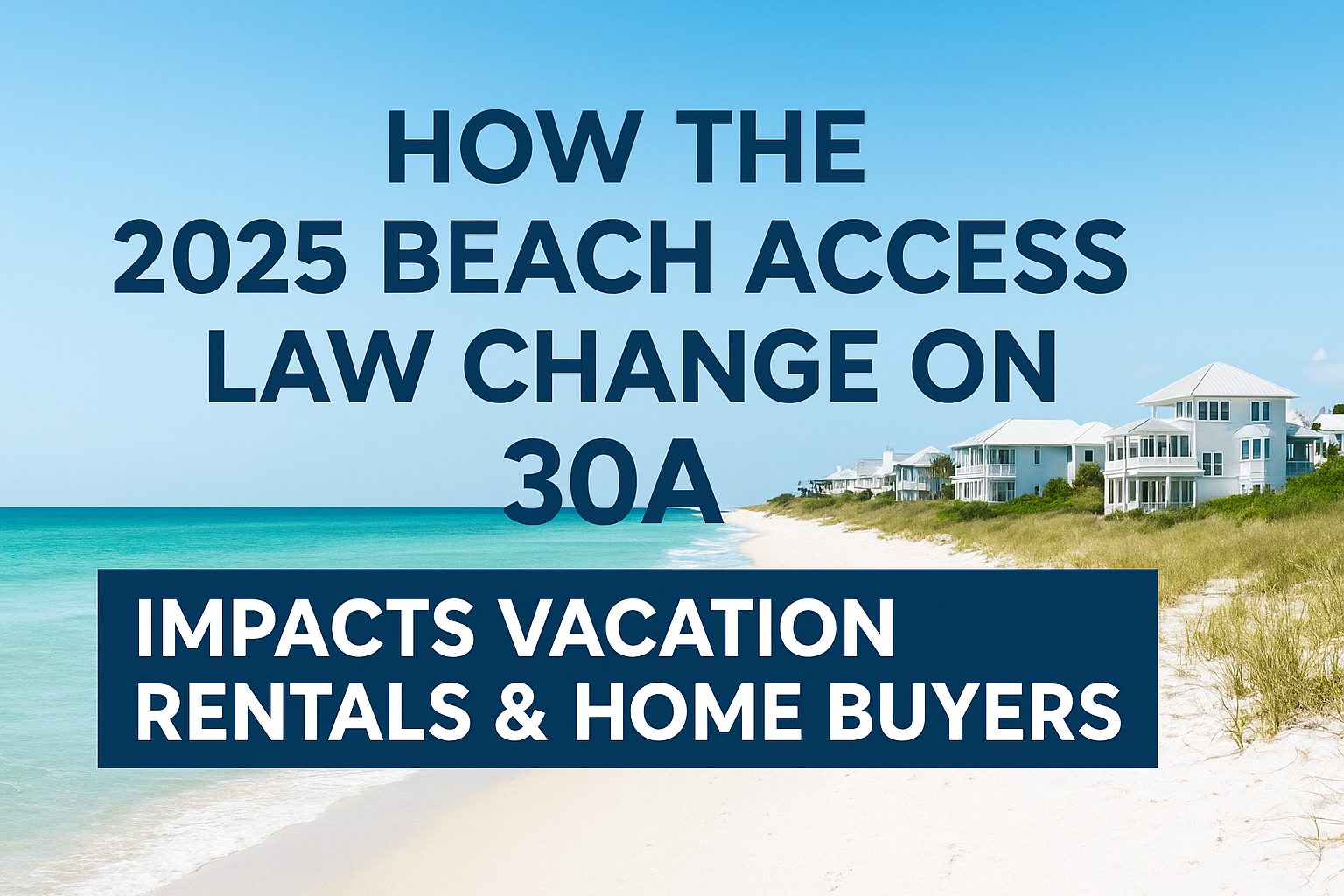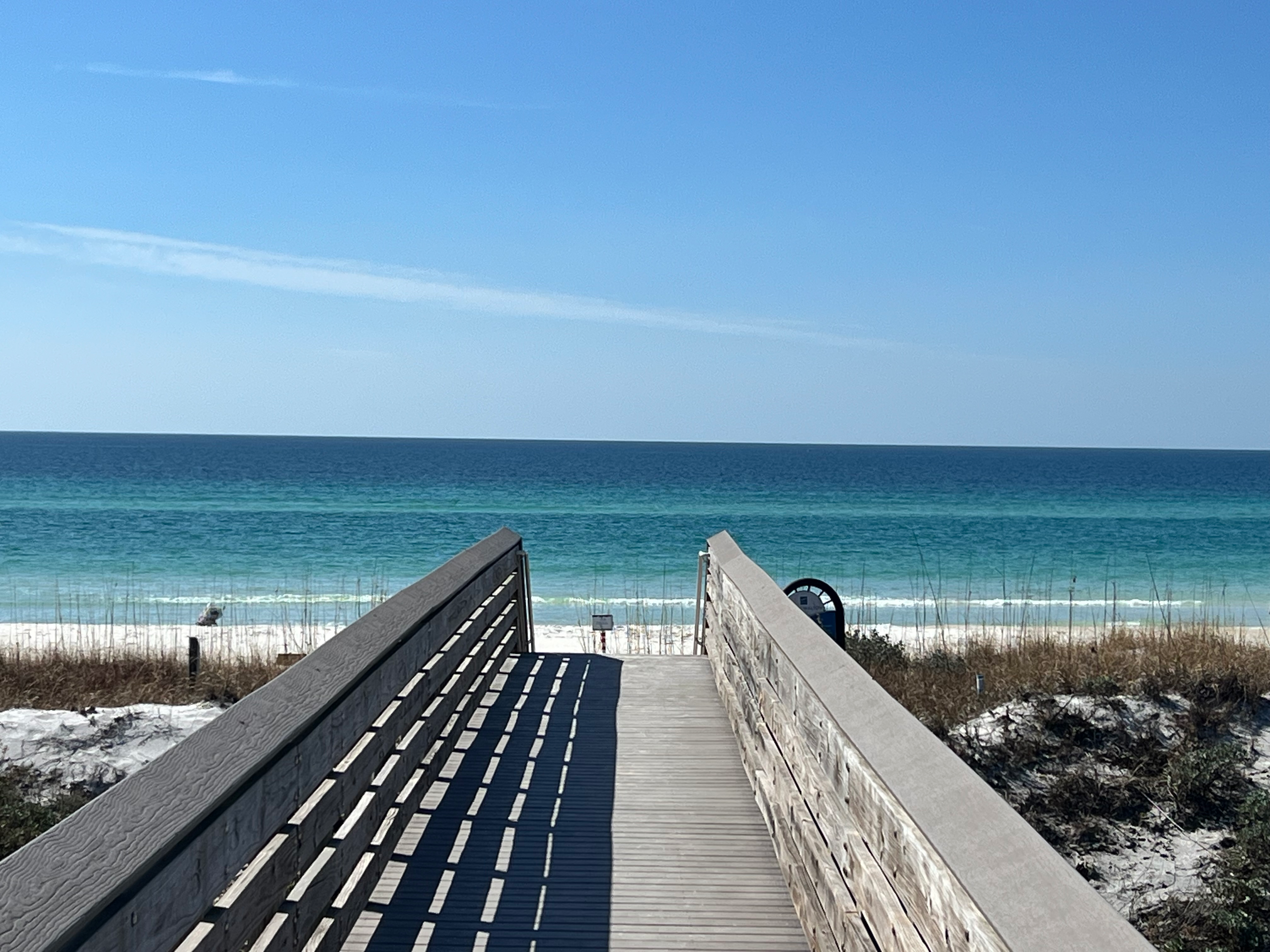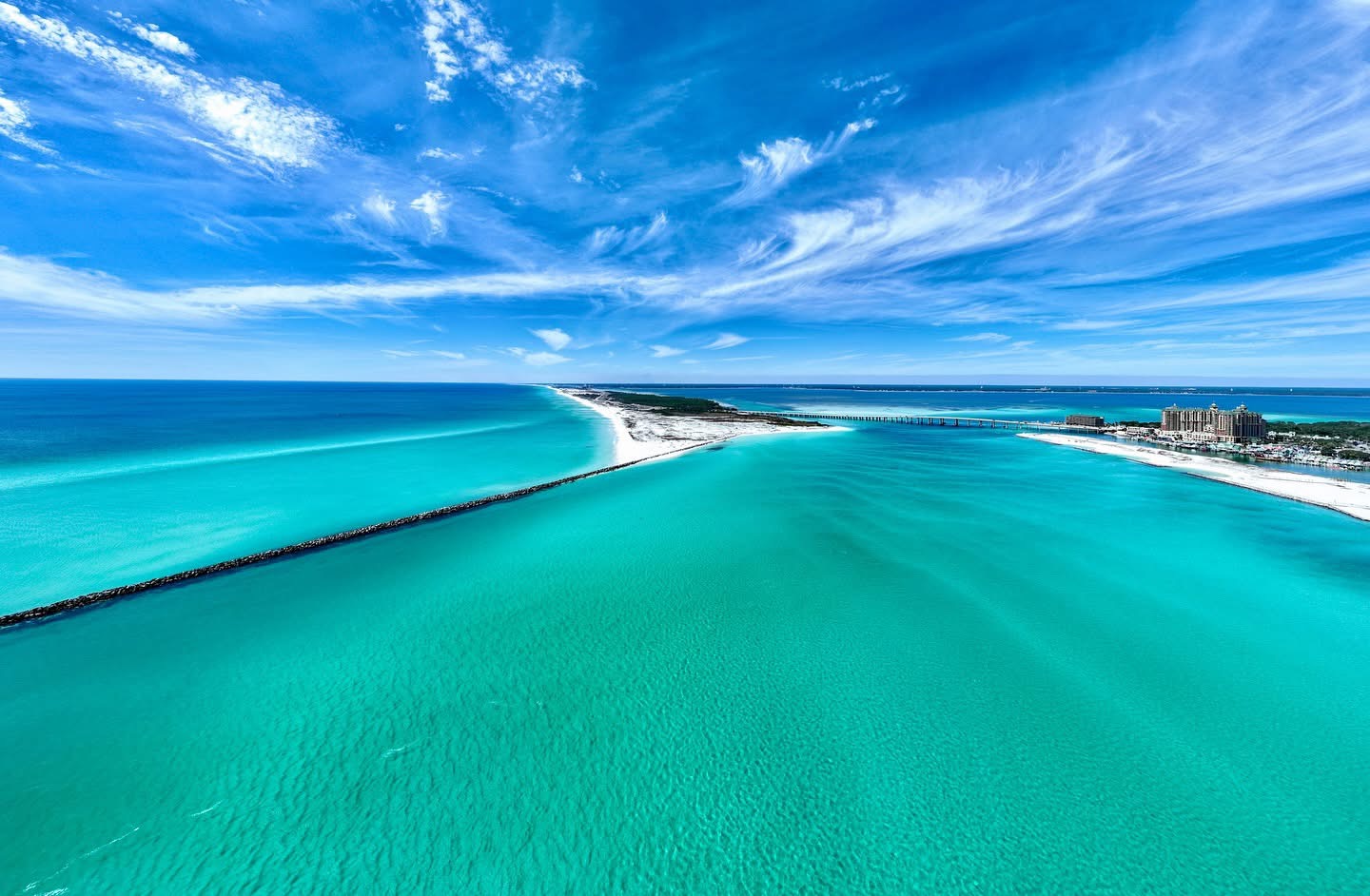🏖️ How the 2025 Beach Access Law Change on 30A Impacts Vacation Rentals & Home Buyers
Meta Description:
Discover how Florida’s 2025 Senate Bill 1622 is reshaping beach access along Scenic Highway 30A — and what it means for homeowners, investors, and the future of vacation rentals in South Walton.
🌊 Introduction
The white-sand beaches of Florida’s Scenic Highway 30A have always been the region’s greatest treasure — and a huge driver of real estate demand and vacation rental success. But in June 2025, Florida lawmakers passed Senate Bill 1622, a major shift in beach access rights that could reshape everything from property values to rental demand across the Emerald Coast.
For homeowners, investors, and travelers alike, this change brings new clarity — and new opportunities. Let’s break down exactly what this law means, how it affects 30A’s communities, and what steps you can take to stay ahead.
⚖️ What the 2025 Beach Access Law Does
In June 2025, Governor Ron DeSantis signed Senate Bill 1622 (SB 1622), repealing a 2018 restriction that made it harder for local governments to recognize “customary use” of dry-sand beach areas.
In simple terms, this means local counties and cities — like Walton County, home of 30A — can once again adopt local ordinances that allow the public to walk, sit, and enjoy parts of the beach traditionally used by everyone.
Key Takeaways:
- SB 1622 restores local control over beach access decisions.
- It streamlines beach renourishment and restoration projects, especially along the Gulf Coast.
- It clarifies boundaries between public and private beach zones.
- It does not automatically make every private beach public — counties must still pass local ordinances.
Sources:
🏡 Why It Matters for 30A
No region has been more affected by beach access debates than 30A and South Walton County. Between Seaside, Rosemary Beach, Grayton, and Alys Beach, access disputes have shaped everything from vacation experiences to real estate prices.
With SB 1622 in place, local governments now have clearer authority to protect public access and expand usable beachfront — great news for tourism and property owners who rely on guest satisfaction.
According to WGCU, Walton County leaders see this as “a win for the community and the economy,” helping balance visitor enjoyment with property rights.
📈 What This Means for Vacation Rental Owners
- Higher Guest Demand
Travelers often choose 30A rentals based on beach access. With expanded public access, homes and condos near new or clarified access points will see more bookings and stronger reviews. - Improved Marketing Potential
Property managers can now confidently highlight “easy public beach access” in listings, reducing confusion or disputes about where guests can walk or relax. - Higher Occupancy Rates & Value
As clarity improves, so does rental performance. Expect homes with confirmed access to outperform properties with limited or unclear access rights. - Reduced Risk for Hosts
Fewer access disputes mean fewer guest complaints or cancellations — an overlooked but valuable financial benefit for short-term rental hosts.
Pro Tip: Highlight your beach access in Airbnb, Vrbo, and social captions. Example:
“Just steps from newly accessible 30A beaches — no more guessing where you can walk!”
💰 How It Affects Home Buyers & Investors
For buyers and investors, beach access equals value.
- Properties near public access points will see increased resale demand and higher ROI potential.
- Clarified access laws make due diligence easier — less uncertainty means stronger buyer confidence.
- Emerging access areas (like Blue Mountain Beach or Seagrove) could see appreciation as access expands.
Real estate professionals like Davis Properties of NW Florida note that even small changes in access can shift buyer behavior, especially for second-home buyers comparing Gulf-front and Gulf-access listings.
📍 30A Neighborhoods to Watch
Grayton Beach: Known for its balance of private ownership and public spirit — watch for updated access rules here.
- Seaside: Already highly walkable, now even more attractive to buyers who value public access and family-friendly stays.
- Blue Mountain Beach: Potential for value growth as access points expand under new ordinances.
- Alys & Rosemary Beach: Expect enhanced marketing power for rentals with proximity to open-access sand.
✅ What Homeowners Should Do Now
- Check your access points — Confirm the nearest public entry to your property.
- Stay informed on local ordinances — Walton County updates access maps regularly.
- Promote transparency — Use accurate language in marketing to avoid guest confusion.
- Track beach restoration updates — Projects may improve your property’s long-term value.
- Work with a local agent who understands post-SB 1622 zoning and access nuances.
⚠️ A Few Cautions
- SB 1622 doesn’t automatically open every beach — some sections remain private until local ordinances pass.
- Access implementation will vary by neighborhood.
- Overcrowding near new public areas may affect parking and traffic.
Still, overall, the law marks a positive shift for most of 30A’s real estate and rental market.
🌅 Final Thoughts
The 2025 beach access law change is more than a policy update — it’s a potential market reset for 30A. It strengthens the foundation for a more accessible, visitor-friendly coast while boosting long-term real estate confidence.
For property owners, buyers, and investors, this is the time to lean in: clarify your access, update your marketing, and position your property to benefit from 30A’s renewed sense of openness.
Backlinks for Authority (include in your published post):
- Florida Governor’s Office: SB 1622 Press Release
- Florida Senate SB 1622 Bill Tracker
- Mid Bay News: Desantis Signs Beach Access Bill into Law
- Davis Properties: Beach Access & Customary Use Explained





